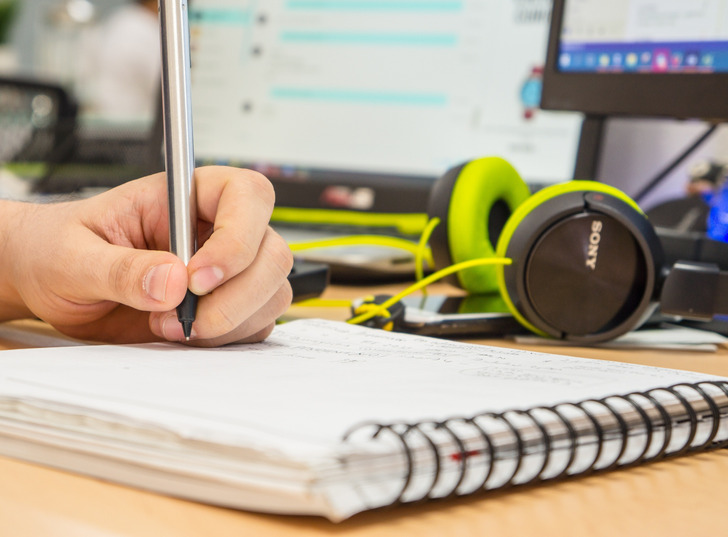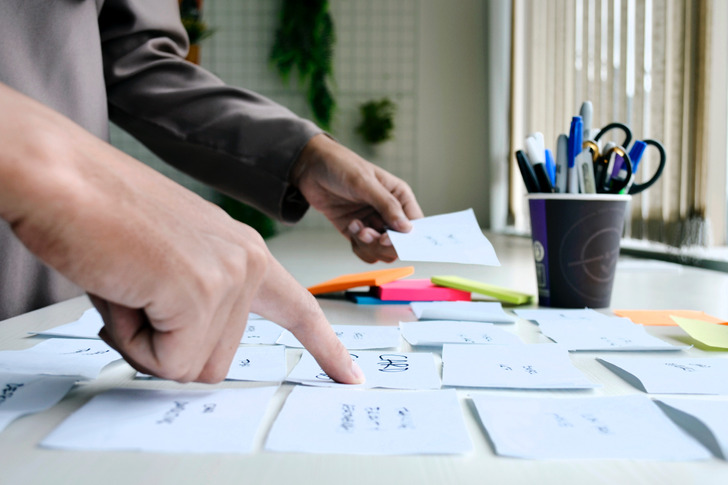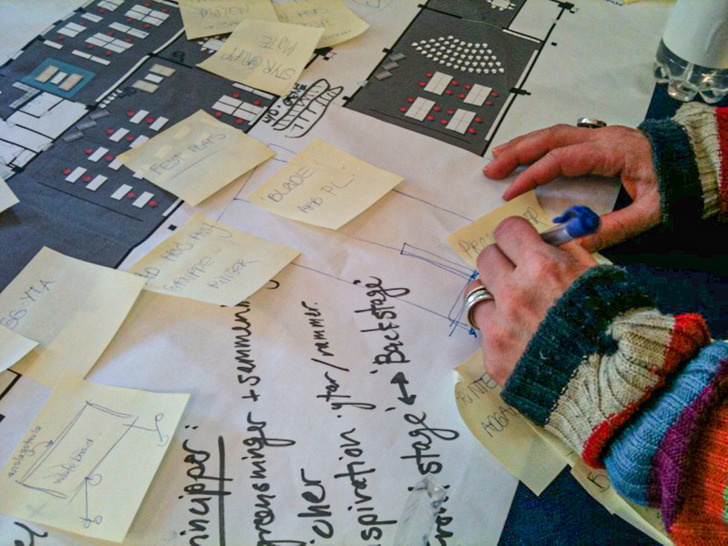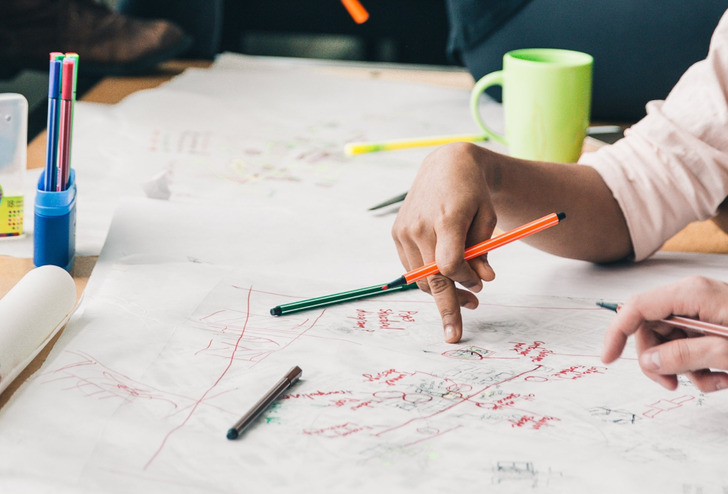How to Memorize a Speech Quickly
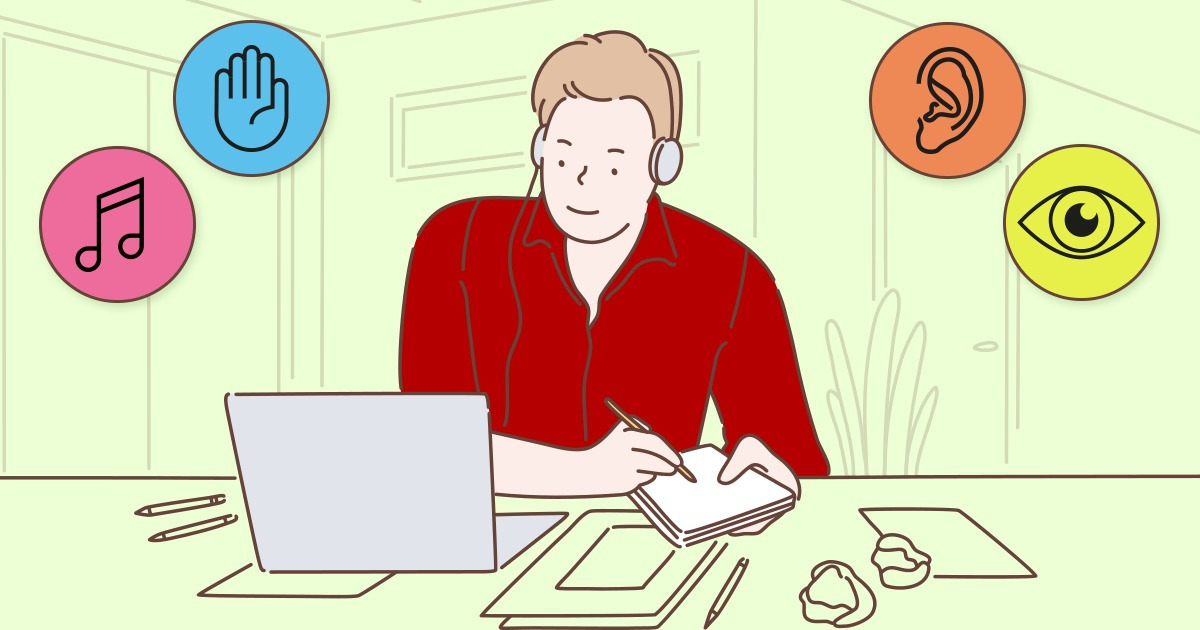
If you need to memorize a speech, it is not necessary to cram every single word into your head. There are multiple methods you can use to boost your learning process and enhance your chances of memorizing a speech faster. In this article, you will find 10 techniques that will help you.
Top 10 Memorization Techniques
1. Understand the style of learning you prefer
Before you choose how to memorize a speech using memory techniques, the first step is to identify what senses you use the most when trying to comprehend and learn new information.
There are 4 primary learning styles:
- Visual. Visual learners prefer visually presented data. They easily understand diagrams, presentations, and pictures. They tend to make sketches and drawings.
- Auditory. Those who learn best by listening, repeating, and discussing the information aloud are auditory learners. They prefer listening to lectures and podcasts rather than reading books.
- Reading and writing. These learners prefer the written word. They memorize things better when they read or take notes. Although this style interlocks with the visual learning style, its distinctive feature is the desire to express thoughts through writing.
- Kinesthetic. This type of learner memorizes something new by doing things. They should study the subject using their physical senses. They need to touch, move, and do hands-on exercises to master the information.
2. Prepare yourself mentally
Before learning to memorize something quickly, it’s essential to prepare yourself and create conditions for productive work:
- Choose a comfortable place. A working environment should promote concentration on the process. All people are different, for some, it’s crucial to study and to work alone in a quiet place, while some choose a crowded room for learning new things. Decide what place is the most convenient for you. If you are unsure of your choice, try different places.
- Understand that the ability to remember things can be trained. The more often you are working on how to remember things, the easier it will be for you in the future. When you practice challenging activities like learning something new and trying to do something you’ve never done, your cognitive skills grow stronger.
- You should accept your strengths and weaknesses. No need to focus on your shortcomings. You need to figure out how to use your strengths to work effectively on memorizing the speech.
- Drink green tea. It may help keep your productivity in remembering information at a high level. Green tea contains the amino acid L-theanine, which helps you maintain mental clarity and helps you perform more work while staying focused.
3. Learn the foundations
To understand what technique to use to memorize a speech quickly, you need to study the 3 “Rs.” These are the main steps that will help you learn how to use memory and the memorization process more productively:
- Registration. The process of assimilation of new information by our brain to transfer it from short-term to long-term memory. Here it is stored in order to be recalled later.
- Retention. This is the process of transferring data to the long-term memory. It is important to keep it in a convenient form to be used in the future.
- Recall. Extracting the necessary pieces of information from the long-term memory.
Some memory techniques don’t involve working on one or more of these basic steps. However, all 3 components of effective memorization must work together. The 3 “Rs” are the key to retaining any piece of information in our memory. You also need to distinguish the activities that help you remember new things from those that serve other purposes in the processing of data. For example, repetitive reading alone will not help retain information in the long-term memory.
4. Try distributed practice
For effective memorization, information must move from the temporary working memory to the long-term memory. This will happen if the information is clear and memorable. It also needs to be repeated. You can use various repetition techniques to keep the necessary knowledge in your memory. For example, you can use flashcards: double-sided cards, with the name, term, or concept on one side and detailed information on the other side.
Next, you need to distribute the study and repetition over several sessions and gradually increase the time between them. This memorization technique will help you remember the necessary information more reliably.
5. Use the Memory Palace Technique
To memorize large amounts of information, you can use the Memory Palace Technique. To do this, you need your imagination and a place you know well, like your home, office, classroom, or the road that you take every day to work or study.
Briefly about the technique:
- Imagine a familiar place.
- Remember the significant details of this place that will be easy to keep in mind.
- Associate these details with the bits of information you need to remember.
If it’s enough for you to memorize the basic elements of speech, let the front door be associated with the introduction, the rooms with the main paragraphs, and the back door or courtyard with the conclusion. This way, you will go from room to room and remember the main ideas in order. If you need, for example, to remember a long speech, allocate more interior details for its parts: like pieces of furniture and decor elements.
6. Teach the information to someone
Teaching someone new information helps you to memorize that information better. This phenomenon is called the protégé effect. It improves your motivation to learn, boosts your memory, increases the effectiveness of the processing of information, and makes you feel more competent.
There are 3 basic ways you can get the effect:
- Teach the material to someone. This way has some additional benefits, like the improvement of communication skills and the mastering of leadership skills.
- Learn the material. It’s no problem if you have nobody around to listen to your lecture. Just get ready, as if you are going to teach somebody. If you master the material, you’ll feel confident during a public speech.
- Pretend you are teaching someone. You can try to use a mirror and give yourself a lecture. You could also train to answer questions connected with the information you are going to memorize.
7. Record the information you’re memorizing
When you need to memorize a speech quickly, you can record information on a voice recorder or mobile phone to listen to yourself later. Recording your speech will help you refresh your memory, absorb more context, and remember new things faster. This technique will be the most useful for auditory learners.
8. Write the speech down and then section the notes
You can use a technique connected with writing to remember new information quickly: write down and rewrite the necessary facts, then section the notes you have taken. Divide the entire body of information you recorded into sections. You can visually segregate the text into parts, highlight it in different colors, or try other tricks for better memorization. Sectioning information will help you to assimilate it better and faster.
This technique is best suited for visual learners. Auditory learners may combine it with reading aloud to boost their memory.
9. Use songs and jingles
Music affects the areas of the brain that are responsible for memory, speech, and reasoning. Songs and jingles can be used to remember something difficult. If your speech requires memorizing long lists, formulas, or equations, you should search the internet, maybe a song with the necessary information already exists.
For example, somebody created this music video to memorize prepositions. In any case, you can repeatedly read or sing the words that you need to remember exactly, to the tune you like. After some time, you will learn the “song.”
10. Try the substitution technique
Memorizing new vocabulary for your speech could be difficult. You can easily remember complex or difficult terms with the help of this substitution technique. Try the following simple steps:
- Choose the word you need to memorize.
- If the word is complex or long, you can divide it into parts.
- Substitute each part for associations that are easy to remember.
For example, you are trying to memorize the meaning of the term claustrophobia, which means the irrational fear of confined spaces. Divide it into 2 nominal parts: claus + phobia. Imagine a frightened Santa Claus stuck inside his sleigh, it will help you to remember the word easier and faster.
11. Proceed with the link and story method
If you need to memorize a speech with a large number of complex elements and learn how to reproduce them quickly, you can use the link and story method in addition to the replacement technique. Follow these steps:
- Create several substitutions for the pieces of information you need, as described above. Use vivid associations.
- Link your associations into a single story.
- Substitutions should not work well with each other to make a flawless story. On the contrary, the weirder and more exaggerated the story is, the easier it will stick in your memory.
12. Use all 5 senses
Regardless of your preferred learning style, you can use more than one or 2 senses to memorize something faster. Using the maximum possible number of senses, we increase the workload of our brain. It uses more parts and creates more neural connections that help our memory.
For example, if we simultaneously read the information aloud about the object, see the picture, and touch a model of this object, our brain gets 3 ways to absorb the same information. It’s like creating multiple routes to the same destination.
13. Test yourself
Self-testing is not just answering questions on the topic you want to remember. This is a full-fledged memory technique that helps you recall as much information as possible from a specific section of your speech. Research shows that students who regularly test themselves learn new material much better than those who try to memorize something new by rereading or reviewing it. This technique is also called “the testing effect.”
Whether you’re simply rereading material or trying to memorize each word repeatedly, you may feel like you’ve mastered most of the information. However, this is a false feeling. All the data you are trying to remember is located in the short-term memory and will disappear very soon. To prevent this, it is necessary to use the retrieval practice.
In self-testing, you will use the retrieval practice to answer specific questions about the various semantic parts of your speech. With regular repetition, self-testing will help you to absorb the information better. Testing also trains your memory — the more you do it, the less effort you will need the next time you start learning a speech.
You can do independent self-testing for almost any information. If you don’t have self-assessment tools ready, you can list questions on the most significant parts of your speech, create memory cards, or draw a concept map.
14. Don’t forget to take a break
It may sound surprising, but regular breaks can make the process of memorization more efficient. The best learners achieved a balance between studying and rest. There are certain advantages of taking breaks. They can:
- Give you energy and motivation. If you are working day and night to memorize your speech, your will inevitably feel tired, and your mood will significantly worsen. Regular breaks will refresh you.
- Improve concentration. Give your brain some rest and enjoy a boost while using your favorite technique for how to memorize things fast.
- Boost your ability to do more. Even a short rest may make you more productive and help you to achieve your daily goals.
- Make your body feel better. Do some simple exercises, take a deep breath, or just change your position. It will help you to relax your muscles.
- Decrease stress. Take a break from intense work to relieve pressure and calm your mind.
